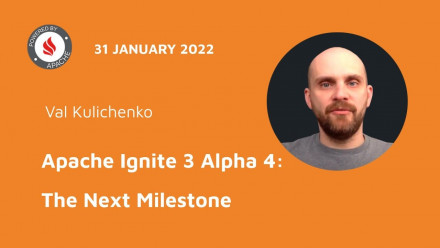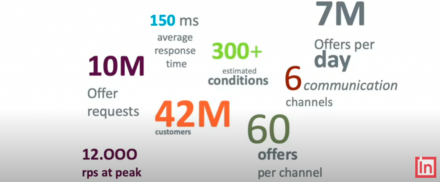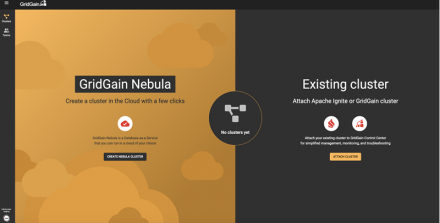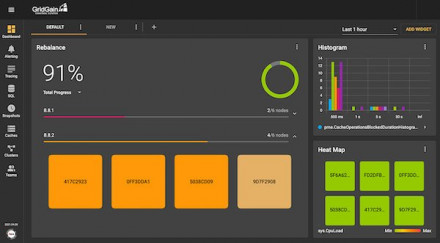GridGain Blog
Great news: The Apache Ignite Community has released the fourth alpha build of Ignite 3!Ignite 3 is a project that aims to create the next generation of the Apache Ignite platform, modernize and improve the usability of the product while keeping its power and flexibility. It’s been quite a journey since the project started in late 2020 – I’ve been sharing the updates along the way in a series of…
Customer 360 View is a significant aspect of digital transformation, enabling organizations to gain insights into customer behavior. Armed with this understanding, companies can make data-driven decisions to serve their customers with personalized experiences and promote growth through targeted marketing. Yet, gaining this 360 view is data-intensive and requires quick access to up-to-date…
Updated on January 7, 2021 with additional information on the evolving vulnerability.
Protecting our customers, prospects and community members and their data from malicious activity is a top priority for GridGain. Here’s what we currently know about Apache Log4j Remote Code Execution Vulnerability CVE-2021-44228 commonly known as “Log4Shell” and the additional remote code execution…
TIBCO DataSynapse GridServer and Apache Ignite are both distributed computing solutions that provide high-performance capabilities.
The TIBCO DataSynapse GridServer deployment consists of Managers and multiple Engine hosts to scale any application at any time. TIBCO designed this highly scalable software infrastructure for enterprise organizations. It enables users to submit multiple…
As technology rapidly progresses, we need increased computational speed and efficiency to drive digital transformation. Achieving this while working with big data requires a powerful and trustworthy solution.
Apache Ignite is a popular distributed database that supports growing speed and scalability demands while maintaining the distributed architecture. It achieves fast processing speeds…
Apache Ignite's default storage engine is sophisticated enough to enable us to use the database for various use cases, ranging from transactional workloads to real-time analytics. The multi-tiered storage architecture allows you to configure Ignite as a distributed, in-memory cache without persistence or to have Ignite function as a hybrid transactional/analytical database that scales beyond…
A year in the cloud
For cloud enablement of GridGain and Apache Ignite tools and services, 2021 has been a busy year. Mid-year we launched a SaaS version of GridGain Control Center—for customers who need easy access to troubleshooting and monitoring tools for their Ignite and GridGain clusters. Building on our initial SaaS offering, we have now added a self-service version of GridGain Nebula.…
In my previous blog posts—Ignite 3 Alpha: A Sneak Peek into the Future of Apache Ignite and Just Released: Apache Ignite 3, Alpha 2—I talked about the Apache Ignite community's journey toward Ignite 3, the next generation of the Apache Ignite database.It's a tradition within the Ignite community to provide an Ignite 3 alpha release every few months. This tradition enables everyone interested in…
(Be sure to sign up for the upcoming virtual Ignite Community event on July 20, 2021, at 9:00 a.m. PST. Val will share a summary of changes planned in Apache Ignite 3 at this event. Community members will have an opportunity to share their feedback and discuss the proposed changes.)Apache Ignite 3 is an ongoing, active project that focuses on creating the next generation of the Apache Ignite…
(Be sure to sign up for the product update webinar on June 16, 2021, at 10:00 a.m. PDT. The webinar features technical demos on the features discussed in this article).
GridGain Control Center is a comprehensive troubleshooting, management, and monitoring solution for Apache Ignite and the GridGain platform. While Ignite and the GridGain platform enable the building of high-performance, scalable…














